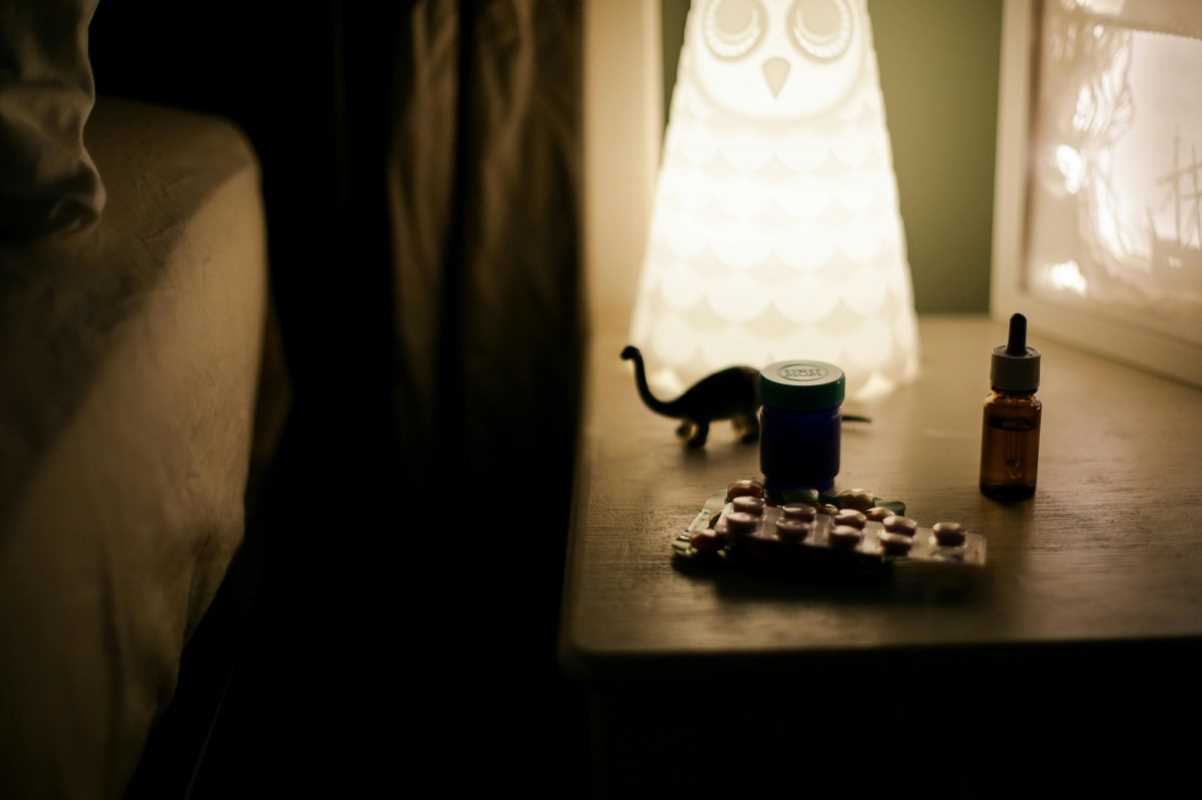Stretch marks. Most of us have them, and yet, they often get a bad rap. These little lines on our skin tell a story—a story of growth, change, and living life. Whether you’ve got a few on your belly, thighs, arms, or anywhere else, trust us when we say this—you’re in good company.
But what exactly are stretch marks? Why do they show up, and is there anything we can do about them?
Here, we'll answer all of your questions about stretch marks, from prevention to treatment, but more importantly, help you reframe your mindset and lead you on a path to acceptance.
What Are Stretch Marks and Why Do They Occur?
Stretch marks, or striae, are narrow scars that form in the skin when it stretches or shrinks rapidly. Changes in body size, like during pregnancy, weight fluctuations, growth spurts, or muscle gain, can cause the collagen and elastin in the skin to tear. The body responds by healing itself, which often leaves behind the fine lines we know as stretch marks.
Initially, stretch marks might appear red, purple, or even blue. Over time, they typically fade and become lighter than the surrounding skin. While they don’t have any health risks, stretch marks can sometimes be a source of self-consciousness for those who have them.
Who Experiences Stretch Marks?
Stretch marks can happen to anyone—regardless of age, gender, or body type. They’re incredibly common, with certain factors increasing the likelihood of their development:
- Pregnancy: Around 80% of pregnant people develop stretch marks, especially on areas like the belly, thighs, breasts, and hips.
- Adolescence: Rapid growth during puberty frequently causes stretch marks, often on the back, thighs, or chest.
- Genetics: Your likelihood of getting stretch marks increases if they run in your family. Skin type and elasticity also play a role.
- Weight changes: Significant weight gain or weight loss, especially over a short period, can stretch the skin and lead to striae.
How to Reduce the Likelihood of Developing Stretch Marks
While it’s not always possible to completely prevent stretch marks, there are steps you can take to help your skin weather changes more effectively.
- Stay Hydrated - Hydration plays a vital role in maintaining skin elasticity, making it more resilient during periods of rapid change. Drinking plenty of water keeps your skin supple, while staying consistent with fluids reduces the risk of dryness, which can exacerbate tearing.
- Moisturize Regularly - Keeping your skin well-moisturized helps improve elasticity and supports its natural stretchability. Using creams or oils with ingredients like shea butter, cocoa butter, almond oil, or hyaluronic acid can help maintain a healthy skin barrier and prevent itching caused by stretching.
- Eat a Nutrient-Rich Diet - A balanced diet packed with skin-friendly nutrients supports collagen production and overall skin health. Foods rich in vitamin C (oranges, peppers, strawberries), zinc (nuts, seeds, seafood), and protein (lean meats, beans, tofu) strengthen the skin and keep it resilient.
- Gain or Lose Weight Gradually - Skin copes better with gradual changes than sudden ones. If you’re working on weight management or muscle gain, aim for slow, steady progress to minimize strain on your skin.
- Incorporate Regular Exercise - Engaging in activities like yoga, strength training, or cardio improves blood circulation, which helps to keep skin healthy and boosts its overall elasticity.
Treatment Options for Stretch Marks
Although completely removing stretch marks is not possible, there are treatments and techniques to soften their appearance if that’s your goal.
Topical Treatments
Several creams and lotions are formulated to reduce the appearance of stretch marks. Products containing retinoids (like tretinoin), hyaluronic acid, or Centella asiatica can help encourage collagen production and promote smoother skin over time. Consistent use is necessary for noticeable results, and those pregnant or breastfeeding should avoid retinoids.
Laser Therapy
Laser treatments can target different types of stretch marks by reducing redness or encouraging collagen production in older scars. This option can help significantly improve the texture and color of stretch marks but often requires multiple sessions.
Microneedling
Microneedling involves creating tiny injuries in the skin using fine needles, encouraging the body to produce collagen as it heals. It’s a popular treatment for smoothing out stretch marks and improving overall skin texture.
Chemical Peels
Chemical peels containing glycolic acid or similar active ingredients exfoliate the skin and stimulate cell renewal. While they’re more effective on mild stretch marks, peels work best when paired with other treatments.
Natural Remedies
Though the evidence is limited, natural options like coconut oil, aloe vera, and vitamin E can help to improve skin hydration and texture. Regular massages using these ingredients may also enhance blood flow, giving your skin a healthier appearance.
Learning to Love Your Stretch Marks
Beyond prevention and treatment, one of the healthiest things you can do for yourself is to rethink your perspective on stretch marks. These lines are a normal part of life’s changes and can serve as a celebration of strength, resilience, and transformation. Many people find confidence in recognizing these marks as a symbol of growth and experience.
- Reframing Your Mindset - Think of stretch marks as proof of what your amazing body has been through. They can represent carrying a child, leveling up your fitness game, or simply the natural process of growing and living.
- Celebrate Role Models - Public figures like Ashley Graham and Chrissy Teigen have embraced their stretch marks openly, proving that beauty is about authenticity, not perfection. Look to them as examples of confidence and self-love.
- Practice Gratitude for Your Body - Take time to care for and nourish your body, whether that’s through skincare routines, exercise, or wearing clothes that make you feel your best. The more you honor yourself, the more confident you’ll feel.
- Tune Out Negativity - Unfollow accounts on social media that encourage unrealistic beauty standards, and instead, surround yourself with body-positive messaging. Creating a healthier online space can shape how you see yourself and others.
- Try Affirmations - Positive self-talk can make all the difference when it comes to confidence. Repeat simple mantras like, “I am proud of everything my body has accomplished” or, “My stretch marks are part of what makes me unique.”
Stretch marks are part of what makes us human. While there are ways to care for your skin and manage their appearance, the most important takeaway is that your worth isn’t tied to how your skin looks. Whether you love your stretch marks, treat them, or simply live with them, they reflect a natural part of your story.
Celebrate your body for everything it does for you, and remember—your stretch marks are just as valid and beautiful as the rest of you. Every little line is a testament to life lived fully, and that’s something to be proud of.
 (Image via
(Image via





